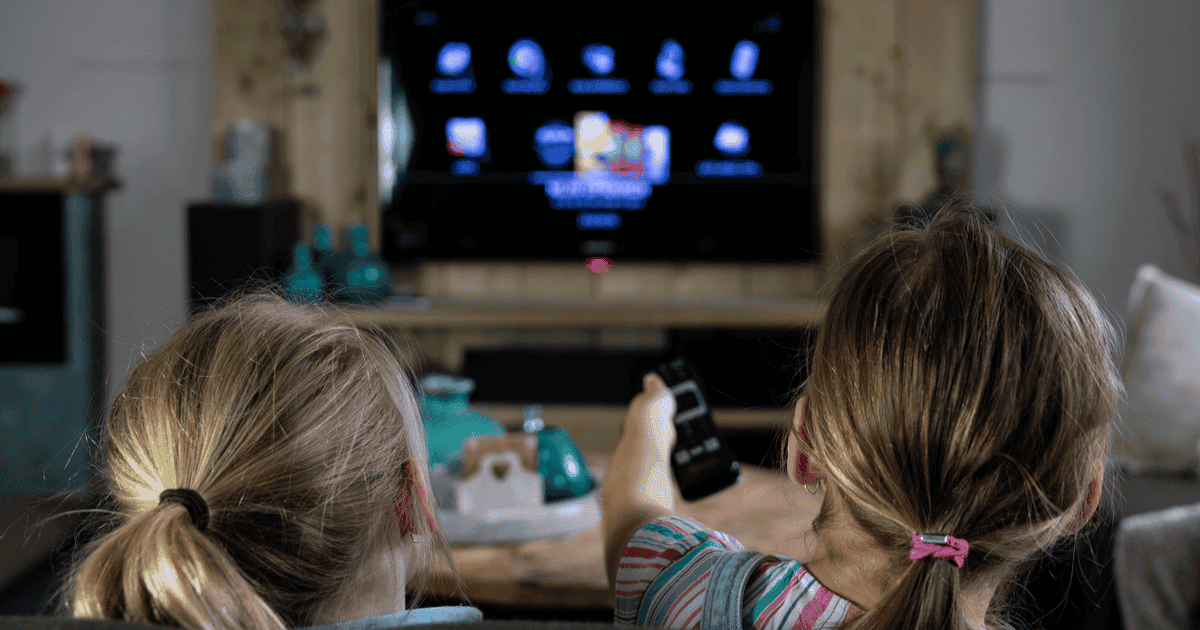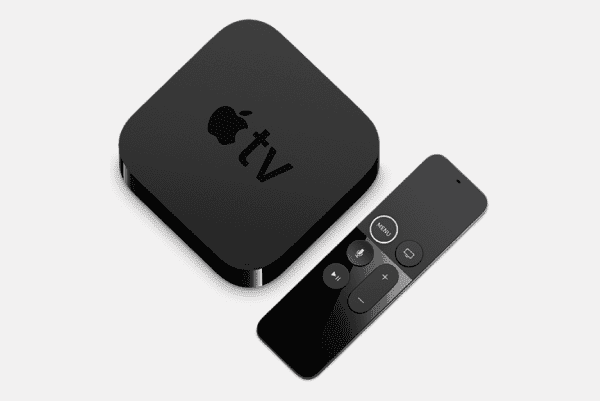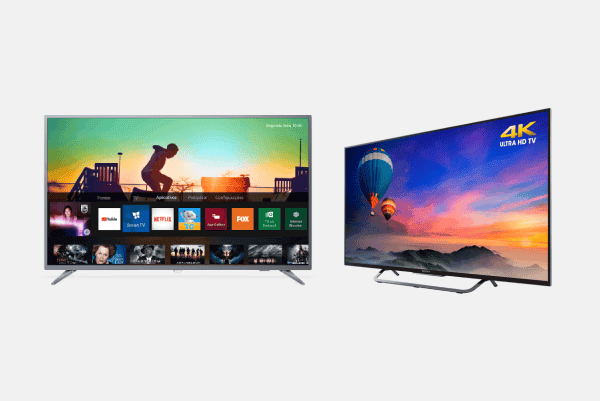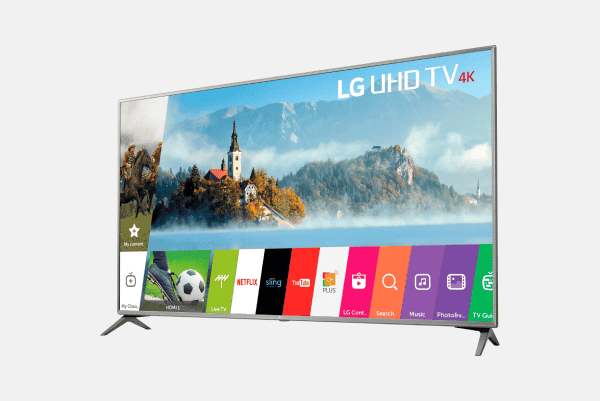Check out the channels offered for children through the different pay TV and online streaming services available to make sure you’re going to get the children’s content you expect.
It’s also important to identify which services you already subscribe to. This enables you to avoid duplication as well as access all your content in one place. There are helpful apps like Just Watch that let you search all your services for particular programmes your child would like to watch.
Recent TVs often have a frame replacement feature that aims to smooth out online viewing and make sports events look better. However, this often causes movies to look like they were shot on high-speed video rather than film — sometimes called the soap opera effect. You can find the setting in the Display section called either Frame Replacement or Motion Smoothing, and switch it off, as it is usually on by default.
It’s also worth noting that parents should spend time identifying the content they want children to benefit from. This guide to some tools can help you achieve this more easily.








